It’s official: WordPress now powers almost 40% of the websites in the entire world! It’s not surprising that WordPress’s market share has been constantly growing. This content management system is blazing fast and extremely flexible.
Here are some of the best plugins that are easy to install and provide great benefits for your website, boosting its SEO and increasing traffic.
Problem: Big Bounce Rates Reduce Google Rankings
Imagine one of your website visitors performs a Google search and clicks a link to your website. They read your great article but then click their browser’s “Back” button, returning to Google. If four out of five people do this, your website’s bounce rate is 80%.
Why is this bad? Google counts this metric and assumes your website is boring because people don’t stay to read more pages. As a result, Google will move your site down in search results, potentially to the third or fifth pages where few people look.
Solution: Get your visitors to read more pages by showing them more articles. This can be easily done by installing a “related posts” plugin.
When it comes to speed, nothing beats Efficient Related Posts (ERP). Install it and then explore its settings—it’s straightforward.
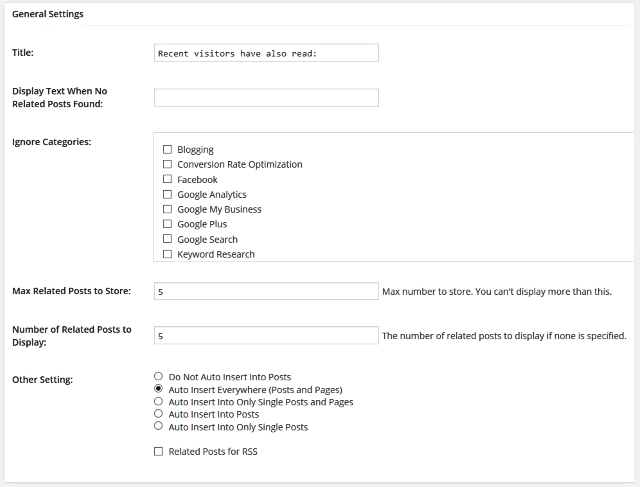
Set tags for your blog posts and let the plugin do its job. It will display the specified number of related posts that share the same tags.
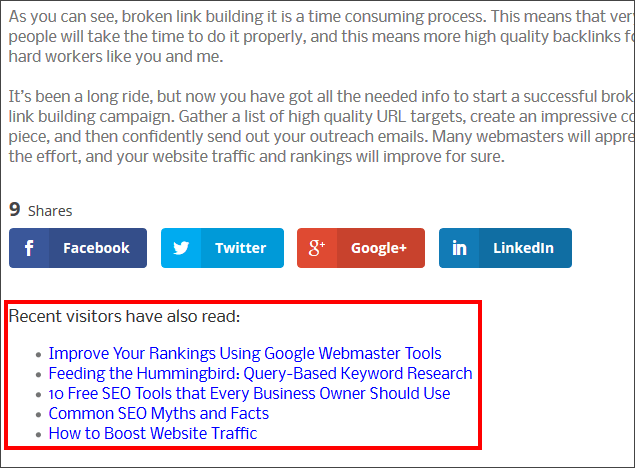
If you’re troubled by the fact that ERP hasn’t been updated lately, try Yet Another Related Posts Plugin (YARPP). It’s a great plugin, although a bit slower than ERP. However, sites with less than 1,000 blog posts likely won’t notice any difference.
Problem: Valuable Inbound Links Point to Dead Website Pages
Remember that “furry kittens” page you set up years ago? It had nothing to do with your business, but those kitten pictures were so cute! They were so cute that a CNN editor included a link to your page in her article!
Now that you’ve outgrown the furry kittens stage and deleted that page, the huge ranking power of that CNN backlink is wasted. The solution is the 404 Redirection plugin.
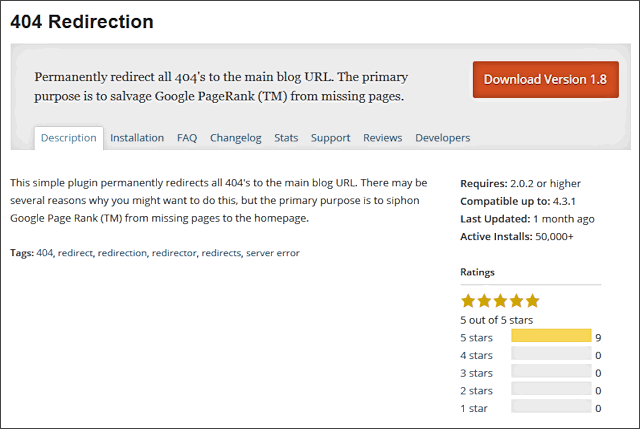
Install and activate the plugin—that’s all! Links to pages that no longer exist will be redirected to your home page, boosting your traffic and SEO.
Problem: Broken Links Are Destroying Your Rankings
The Internet is very dynamic. Millions of websites die each day, and if you were linking to some of them, you may have dozens of broken links on your site now.
Why is this bad? Google values a pleasant web browsing experience, so it pushes sites with links to dead pages down in the rankings.
Solution: The Broken Link Checker plugin will handle this for you. It will email you as soon as a link breaks, allowing you to keep your site in pristine condition.
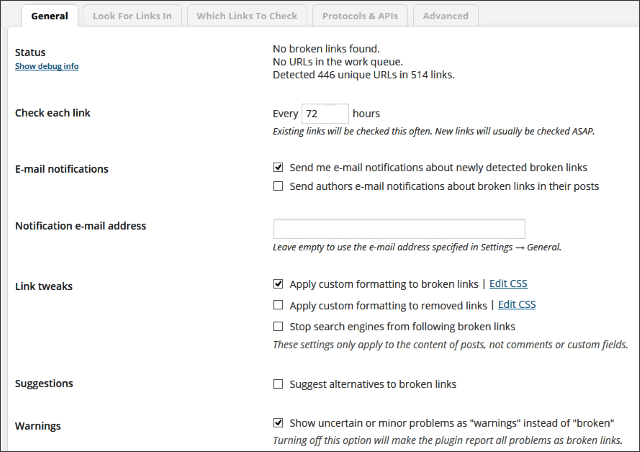
How often should you tell the plugin to check for broken links? Don’t set the limit below 24 hours; sometimes, the sites you link to may experience temporary downtime.
Problem: You Can’t Improve What You Don’t Measure
If you aren’t analyzing your website traffic, stop reading and create a free Google Analytics account today. Then, install the Google Analytics by Yoast plugin.
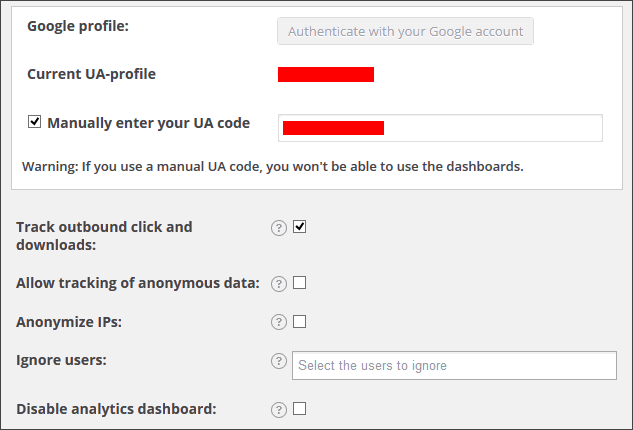
Activate the plugin and input your tracking code—that’s it! You can analyze your traffic by accessing the Google Analytics webpage or by installing a Google Analytics app on your phone.
Problem: Your Blog Posts Aren’t Optimized for the Web
Google hates keyword stuffing, but loves relevancy. Each blog post needs relevant, targeted keywords in its title, description, and content to help Google’s web crawler categorize the information accurately.
Solution: Yoast SEO is a fantastic plugin that powers over 10,000,000 websites.
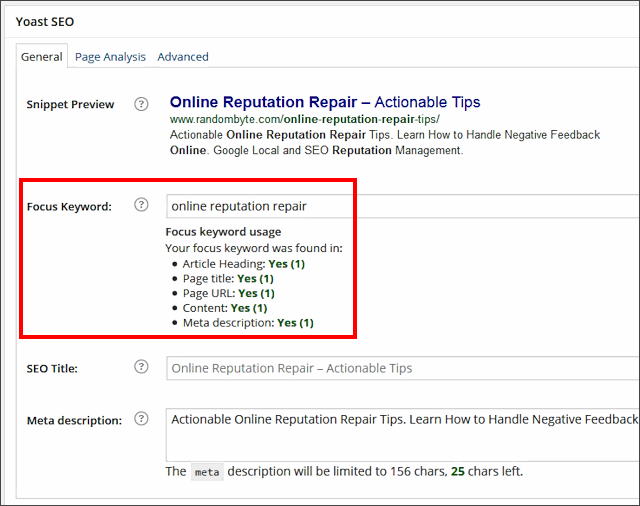
Install this plugin and choose a focus keyword for your content. Choose a proper article title, H1 tag, meta description, and so on.
Publish the post and ensure all the “Focus keyword usage” criteria are met. Don’t forget to optimize old blog posts too. These simple changes will significantly boost your traffic.
Problem: Your Website Doesn’t Attract Enough Visitors
You may be writing great content, but it’s useless if people don’t see it. Share links to it on social media to attract more readers.
Solution: Use the NextScripts: Social Networks Auto-Poster (SNAP) plugin.
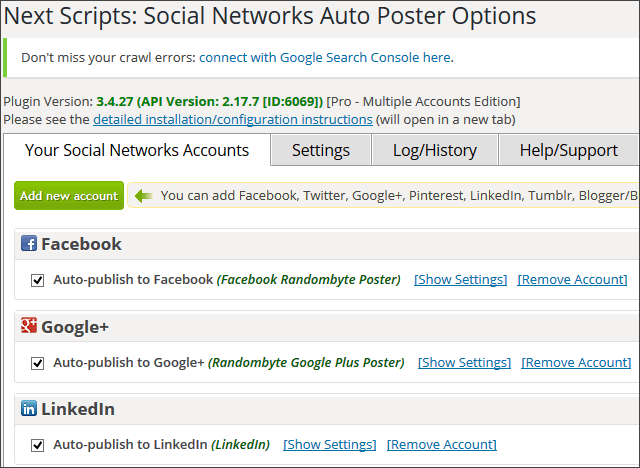
Add your social media login info, and SNAP will post links to your accounts each time you publish a new article.
Problem: Your Website Doesn’t Load Fast Enough
Google tracks website loading speed, which is vital for search rankings. Google’s PageSpeed Insights tool measures page loading speed and suggests improvements.
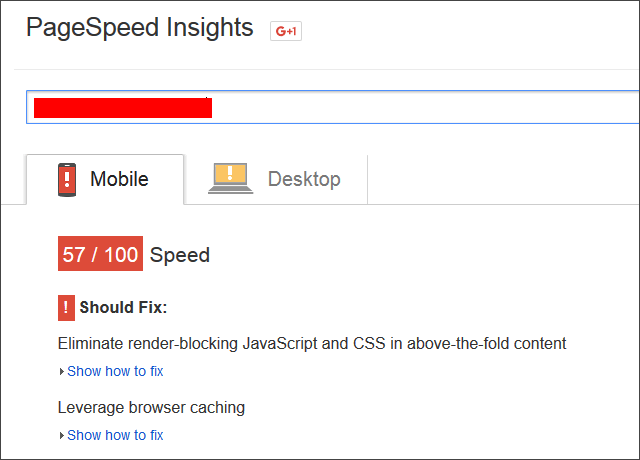
Some suggested changes might be difficult to implement if you aren’t a web developer.
Solution: The W3 Total Cache addresses several page speed issues automatically.
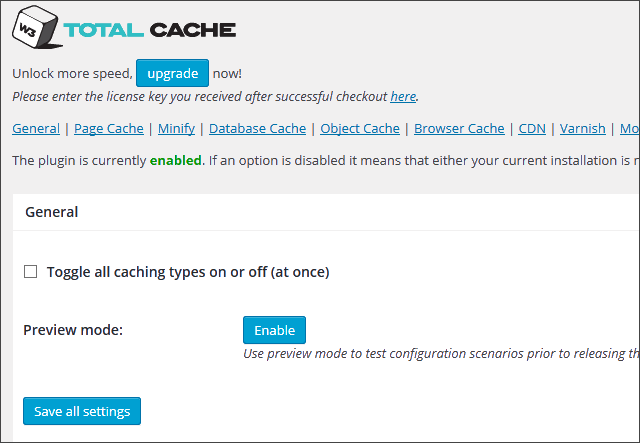
Test your website’s home page loading speed, install the plugin, and test again. Your site should load much faster.
Pro Tip: Kinsta has created a thorough guide on getting a 100/100 score in PageSpeed Insights, even with shared hosting. You can read the guide here.
Bonus Problem / Solution: Your Website Lacks Advanced Security Features
WordPress’s popularity also attracts hackers. Download my free tool to determine if your site has been hacked. For proactive security, use the iThemes Security plugin.
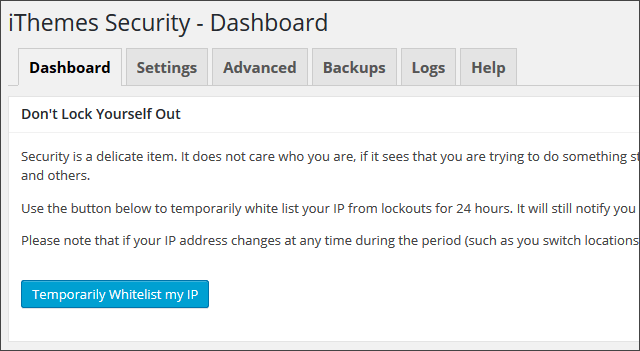
The plugin has many options to harden WordPress’s security. Each option is explained in plain English, and Google can help you learn more about a particular security feature.
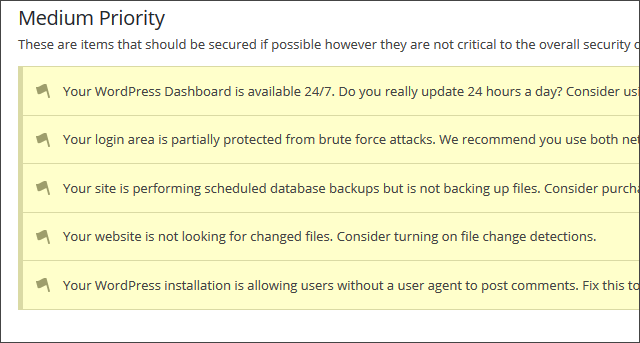
In summary, these plugins will boost your WordPress site, making Google love it and sending you more visitors. Best of all, they are free. So, take the time to install and test them today.

